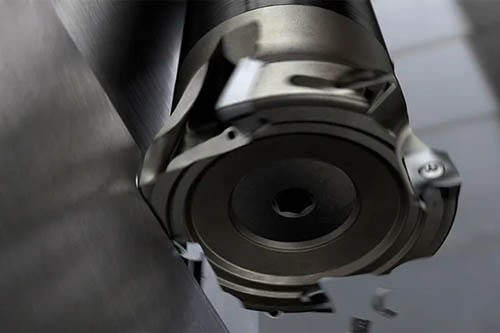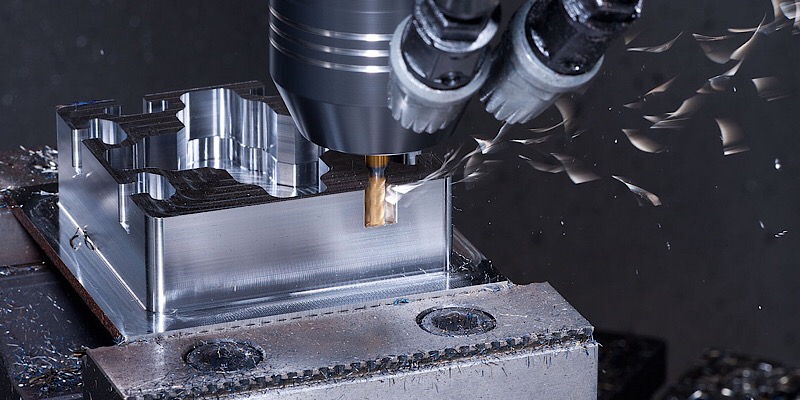Introduction to High Speed Milling Tool Strategies
In the world of machining, high speed milling has become increasingly popular due to its ability to produce parts with high precision and efficiency. High speed milling involves using cutting tools that rotate at high speeds, typically above 20,000 revolutions per minute (RPM). The technology enables faster material removal rates and better surface finishes than conventional milling methods and can also be used for machining foam.Even machining molybdenum is no problem.
To achieve optimal results in high speed milling, it is crucial to employ effective tool strategies. These strategies involve selecting the right cutting tools, optimizing cutting parameters, and implementing appropriate tool paths. By understanding and implementing these strategies, manufacturers can maximize productivity and achieve superior machining results.
Key factors for achieving optimal results in high speed milling
One of the key factors in high speed milling is selecting the right cutting tools. The choice of cutting tools depends on various factors such as the material being machined, the desired surface finish, and the required machining speed. Carbide end mills are commonly used in high speed milling due to their excellent hardness and wear resistance. Additionally, coated carbide end mills, such as those with a TiAlN or TiCN coating, offer enhanced tool life and improved performance.

Another important aspect of high speed milling is optimizing cutting parameters. These parameters include cutting speed, feed rate, and depth of cut. Cutting speed refers to the speed at which the cutting tool rotates, while feed rate refers to the speed at which the tool moves along the workpiece. Depth of cut, on the other hand, determines the thickness of the material being removed in each pass.
To obtain optimal results, these parameters must be balanced. Material removal rates can be increased by increasing cutting speed, but tool wear may also increase. Likewise, productivity can be increased by increasing feed speed, but surface finish may also be compromised. After carefully adjusting these parameters, manufacturers can find the right balance between productivity and quality.
In high-speed milling, tool paths play a vital role in achieving efficient and accurate machining. This is because the tool path determines the trajectory of the cutting tool as it moves across the workpiece. There are also a variety of toolpath strategies to choose from, such as sawtooth, helical and trochoidal milling.

Zig-zag milling involves moving the tool back and forth in a zig-zag pattern, while spiral milling follows a circular path. Trochoidal milling, on the other hand, combines both radial and axial movements to create a smooth cutting motion. Each tool path strategy has its advantages and disadvantages, and the choice depends on factors such as the geometry of the part and the desired surface finish.
High speed milling offers numerous benefits in terms of productivity and machining quality. To fully leverage these advantages, manufacturers must employ effective tool strategies. This involves selecting the right cutting tools, optimizing cutting parameters, and implementing appropriate tool paths. By understanding and implementing these strategies, manufacturers can achieve superior results in high speed milling and stay ahead in the competitive world of machining.
